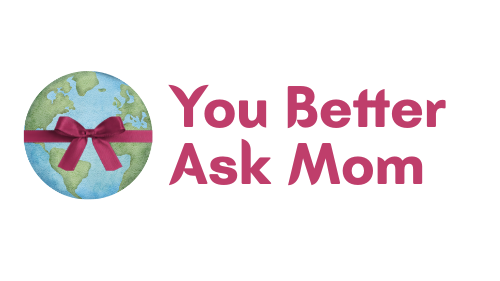
Understanding Baby Poop: A Colorful Journey
For new parents, especially first-time expectant mothers, the prospect of looking at their baby’s poop can be daunting. Yet, understanding what’s normal can alleviate stress and provide insights into newborn care. Just as farmers keep track of the health of their livestock through simple signs, parents can do the same for their babies by observing their poop.
Decoding the Colors: What They Mean
Newborn poop varies in color, which can be alarming but is generally a normal part of development. Initially, your baby will produce meconium, a thick, dark green substance that’s a byproduct of everything consumed in the womb. As they transition to breast milk or formula, the poop will turn yellow or brown, reflecting their diet. Each color can tell a different story; for instance, green poop might indicate that your baby is taking in more foremilk than hindmilk if breastfeeding.
When to Be Concerned
While many poop colors are perfectly normal due to dietary changes or the baby’s age, there are certain signs to watch for. If the poop becomes red, black, or has an unusual consistency, it's time to contact a pediatrician. This proactive approach mirrors farming practices; just as we watch for odd behaviors in animals, staying alert can prevent potential issues.
Embracing the Parent Journey
The experience of tracking your baby’s poop may seem mundane, yet it connects directly to the larger picture of early childhood health. By keeping tabs on these daily changes, parents not only learn more about their baby but also enhance their intuition regarding other developmental milestones. And remember, every parent goes through this transition with their little one—embrace it lovingly, knowing that it’s all part of this incredible journey.
Let’s Connect and Share
As you navigate this new chapter, don’t hesitate to reach out to other parents or caretakers. Sharing experiences, whether through informal conversations or parenting groups, can create bonds that help ease the challenges of newborn care. Together, we celebrate the highs and navigate the lows, supporting each other in this remarkable adventure.
 Add Row
Add Row  Add
Add 




Write A Comment